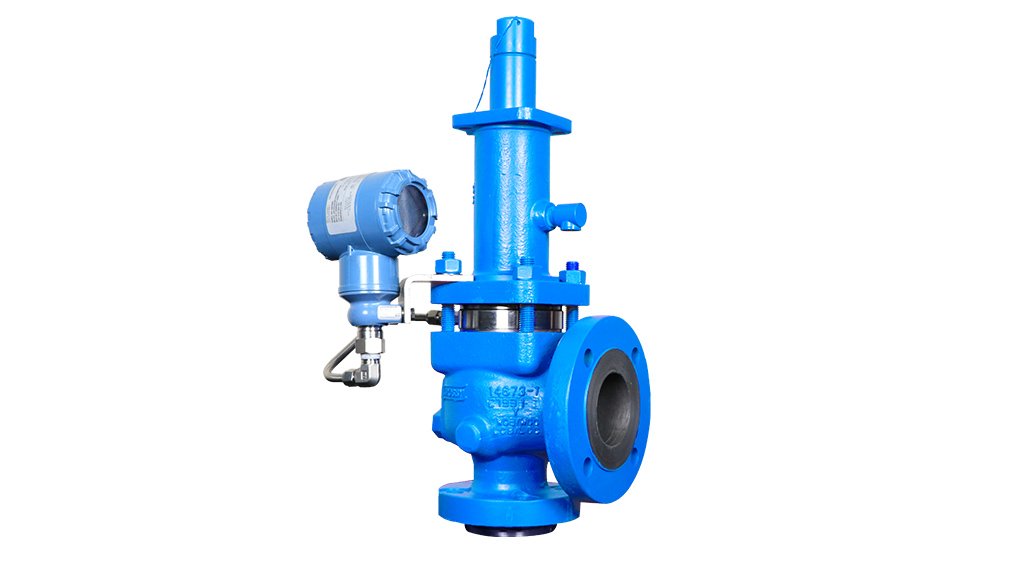New technologies in pressure relief valve (PRV) solutions are said to improve performance, safety and reliability while reducing emissions.
Emerson recently announced two additions to the Crosby J-Series PRV product line. The first is a balanced diaphragm, which the company says eliminates the need for bellows in PRVs, while providing balanced operation against backpressure to lower cost of ownership and enhance performance. The second technology is bellows leak detection, which is designed to enable remote detection of bellows ruptures in PRVs, with the capability to reduce and accurately calculate volumetric emissions in real-time.
Emerson explains that where backpressure is present, spring-loaded PRVs often use bellows to ensure balanced operation. Data analysis from 30 000 PRV service records across different industries and valve brands shows a bellows failure rate of between 2% and 6%. In other words, a plant with 1 000 bellows PRVs may have between 20 to 60 PRVs continuously operating with damaged bellows. The most common causes of bellows failures are said to be excessive backpressure and rapid cycling. Ruptured bellows can cause fugitive emissions and may prevent valve operation at the designed set pressure, with the risk of catastrophic overpressure events.
The Crosby balanced diaphragm can replace bellows in PRV applications to address these and other issues. Its design extends the backpressure limits from 60% to 80% and increases the backpressure correction factor, or Kb factor, by up to 15%, expanding the application range of spring-loaded PRVs. The Kb factor is used to size PRVs when they are installed in closed systems subject to backpressure. Extending the backpressure limit and increasing the Kb factor permits the use of smaller valves. Diaphragms are known to be more resilient than bellows for higher backpressures and rapid cycling applications, so upgrading to a balanced diaphragm helps to lower maintenance costs, improve reliability and increase stability.
The second technology, bellows leak detection, aims to address the problem of bellows failures, which can be difficult to detect and may remain unnoticed until the valve is removed for periodic service. Leak detection and repair (LDAR) programmes may include PRVs, but their target sources for leakage detection are flanges or valve seats, so bellows ruptures will generate fugitive emissions through the PRV bonnet vent that may not be in the LDAR scope. In addition, PRV installations are often difficult to access and are in hazardous locations, making leak detection difficult.
The bellows leak detection solution is said to be a safer and more efficient method for detecting bellows failures and emissions. It consists of a backup piston and a Rosemount wireless or wired pressure transmitter. The backup piston can reduce emissions by over 90% in the event of a bellows rupture because it has a much smaller clearance than a standard bonnet vent, and it ensures balanced operation. The pressure transmitter provides instant timestamped notification of bellows failure and emissions volume data in real time.
Upgrade kits for existing Crosby J-Series PRVs are available for both new technologies, and new PRVs can be purchased with these features pre-installed.
EMAIL THIS ARTICLE SAVE THIS ARTICLE
To subscribe email subscriptions@creamermedia.co.za or click here
To advertise email advertising@creamermedia.co.za or click here













